What is OSI Model in Computer Network?
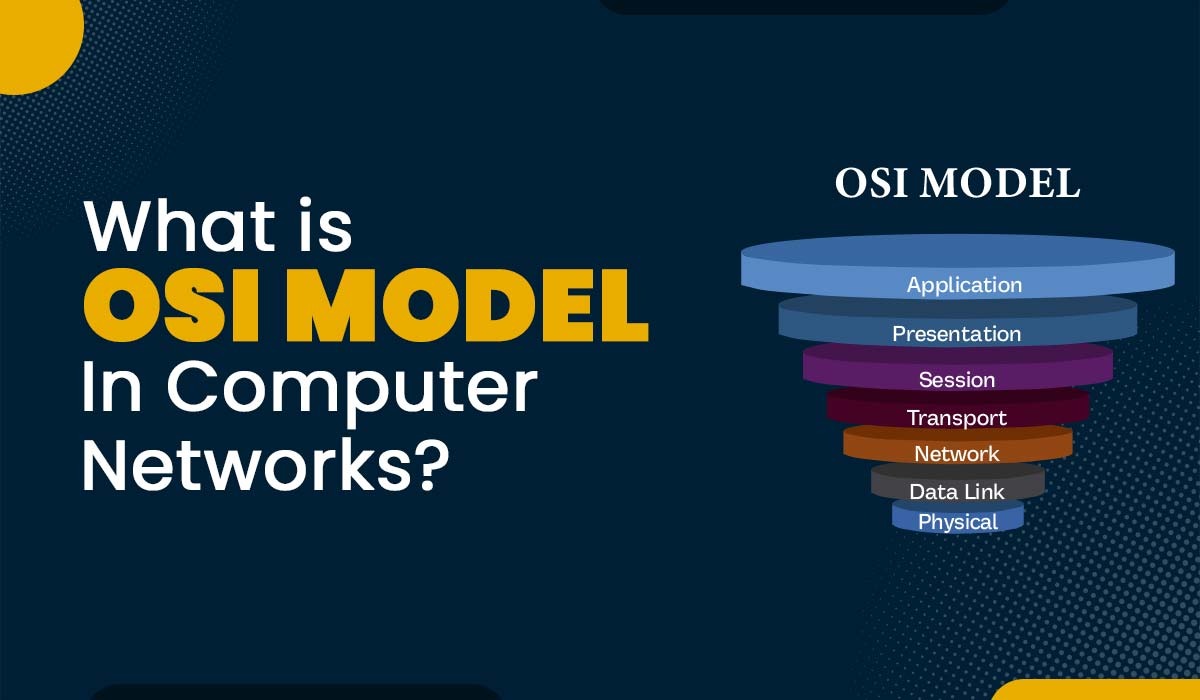
OSI model or Open Systems Interconnection model serves as a framework that explains the process of information transfer, i.e., from one computer’s software application to another computer through a medium. It was created by the International Organization for Standardization (ISO) in 1984. It is now widely acknowledged as an architecture model for inter-computer communication. In this blog, we will explain what the OSI model is, along with the different layers associated with it. Let’s begin by explaining the OSI model. You can learn OSI model in Detail with PyNet Labs’ CCNA Course. OSI model is nothing but an architecture model that assists in breaking down the task of data communication into seven layers. Each layer has its role and further interacts with the adjacent layers. This model works in a way that describes how various network devices and protocols work with one another. The OSI model is divided into seven layers. These are: Inside this model, each layer works on certain network functions and further communicates with both layers, i.e., one above it and the other below it. When we talk about the upper layers (application, presentation, and session), also known as the software layer, we focus on issues related to the applications themselves, such as user interface design, data formatting, and encryption techniques. On the other hand, when we talk about the lower layers (network, data link, and physical), also known as the physical layer, we focus on issues such as error control processes and transmission mediums. In the middle is the heart of the OSI model, i.e., the transport layer. Before explaining each layer in detail, let’s first understand the purpose of the OSI model. The primary goal of the OSI model is to promote compatibility between network devices and software applications. By adopting the OSI model as a standard reference, network engineers and developers can guarantee collaboration and integration, across platforms and systems. There are advantages associated with the OSI model. Some of these are: Let’s now discuss each layer in detail. This section will explain the different layers in the OSI model, along with some practical examples. At the top of the OSI model, we have an application layer. This layer generally deals with the end users and serves as a bridge between them and various other applications such as web browsers, email clients, and file transfer protocols. It further plays a significant role in allowing communication by defining protocols such as HTTP, SMTP, FTP, etc. Below, we have discussed some of the key functions performed by the application layer. When we talk about the presentation layer, it is simply responsible for translating the data between the application layer that is above it and the lower layers. It also ensures the compatibility format of the data for both the sender as well as receiver applications. Apart from that, it also handles data compression, encryption, and decryption. Below, we have explained some of the main functions of the presentation layer. The session layer assists in establishing, maintaining, and terminating sessions between different applications. It is a logical connection responsible for allowing continuous data exchange between two applications. Apart from that, it also helps manage authentication, authorization, and synchronization. Some of the important functions of the session layer are: The transport layer assists in providing reliable and efficient data transfer between two devices within a network. It also ensures that the data that is delivered must be without errors, loss, or duplication. Apart from that, it is also responsible for regulating the flow of data in order to avoid congestion or overload. TCP and UDP are the most important protocols that are used in the transport layer. Below, we have explained some of the functions of the transport layer. The network layer assists in routing the packets from one device to another in a network. It is also responsible for determining the best path for the packets based on various factors such as distance, cost, and traffic. Apart from that, the network layer also handles addressing, fragmentation, and packet switching. Now, let’s discuss some of the crucial functions of the network Layer. Some of the common protocols of the network layer are IP, ICMP, ARP, and RARP. The data link layer is used for the node-to-node delivery of data. It further defines the format of data and also assists in providing reliable and efficient communication between two devices. It is also responsible for handling access control, error detection, and correction. The data link layer is further divided into two sub-layers. These are: Now, let’s discuss the different functions of the data link layer. The last layer of the OSI model is the physical layer. It is closest to the physical medium and is responsible for transmitting as well as receiving individual bits from one device to another. Apart from that, the physical layer specifies the mechanical, electrical, and procedural characteristics of the physical medium. Below, we have explained some of the important functions of the physical layer. These are the 7 layers of OSI Model. The 7 layers of the OSI model are: Application Layer, Presentation Layer, Session Layer, Transport Layer, Network Layer, Data Link Layer, and Physical Layer. The OSI model is a conceptual framework that describes how different network components communicate. It consists of seven layers, each with a specific function and protocol. The OSI model helps to standardize and troubleshoot network systems. OSI model format is simply divided into 7 layers. Each layer has a different function and can communicate with one another. The full form of the OSI is Open System Interconnection. It works by dividing the OSI model into seven layers. The OSI model is necessary to understand how data communication works within a network. In this blog, we have explained the OSI model and its seven types in detail, along with their functions and protocols.Introduction
What is OSI model ?
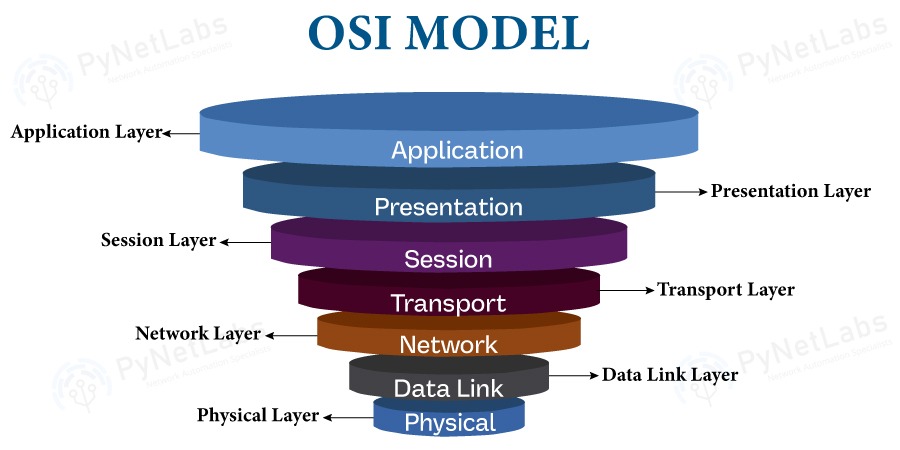
Purpose of OSI Model
The 7 Layers of OSI Model
Application Layer

Presentation Layer
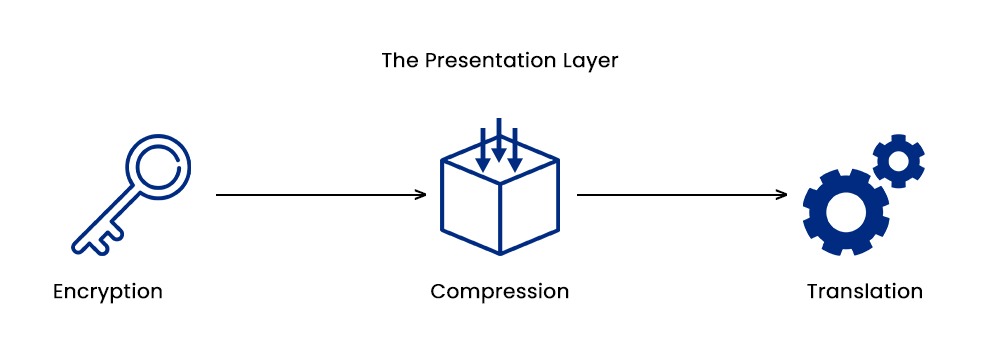
Session Layer
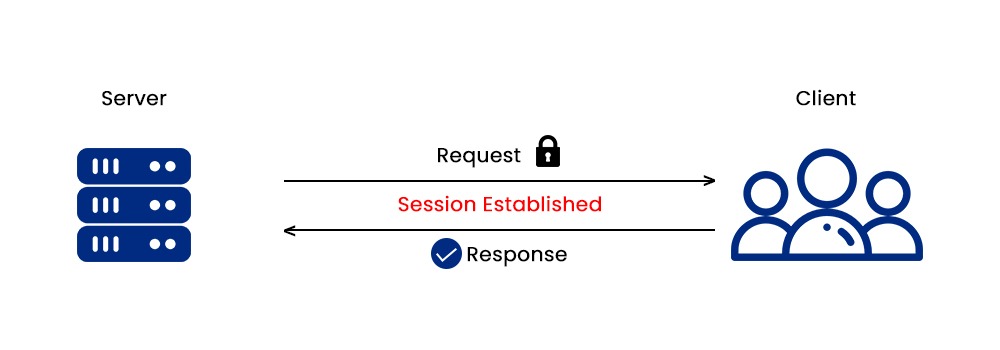
Transport Layer
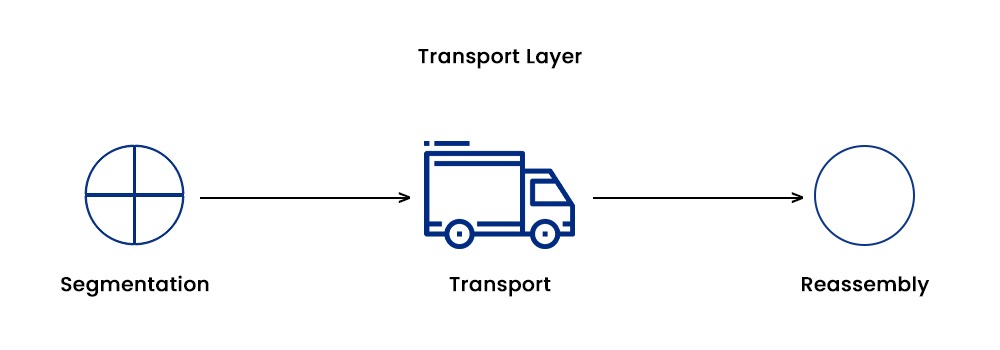
Network Layer
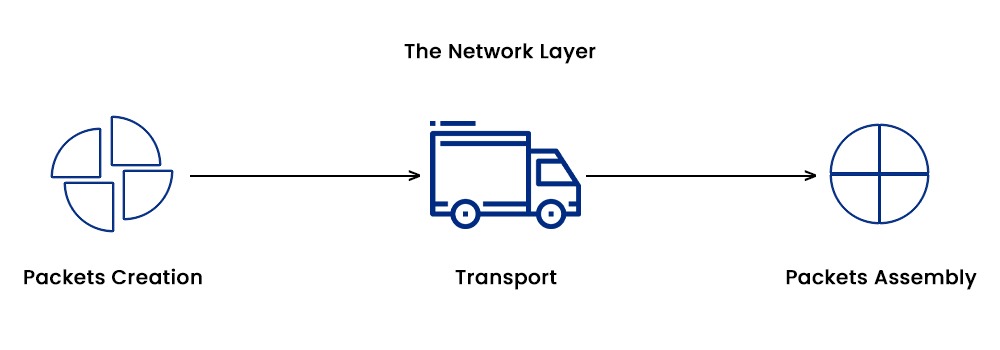
Data Link Layer
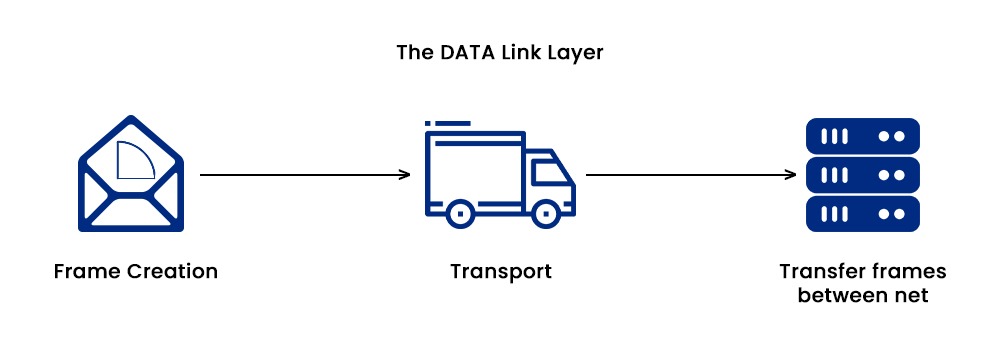
Physical Layer
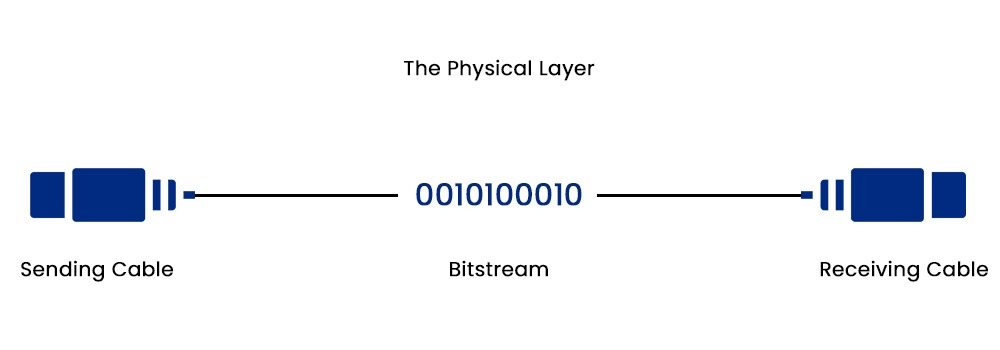
Frequently Asked Questions
Q1. What is the 7 layers of the OSI model?
Q2. What is the OSI model explained?
Q3. What is OSI model format?
Q4. What is the Fullform of OSI?
Conclusion







